Njamito Goes Fairtrade for Cocoa and Vanilla
March 31, 2025Njamito is now Fairtrade certified for cocoa and vanilla! Here’s what that means for farmers, the planet, and the values behind our meal-in-a-bottle.
Read articleThrough our sustainable and livestock-free farming methods, we’ve gained valuable insights into utilizing various crops for green manure, as well as the use of legumes in multi-year crop rotation.
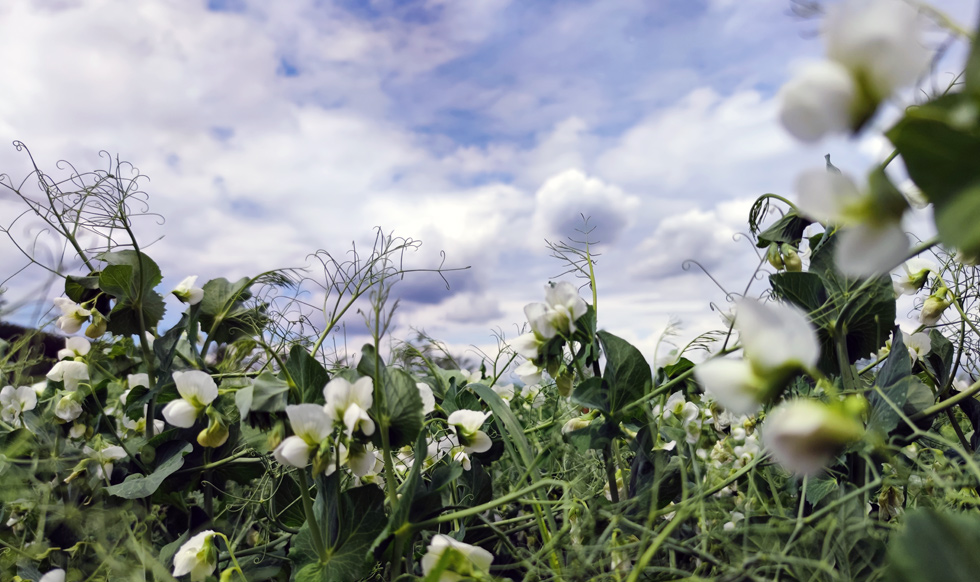
In sustainable agriculture, the use of crop rotation and green manure is essential for soil health, crop yields, and weed management. On our farm, we’ve experimented with various green manure crops like alfalfa, sorghum, and Sudan grass. Additionally, we’ve explored legumes such as peas, soybeans and chickpeas, which add nitrogen to the soil for future crops. Here’s what we’ve discovered:
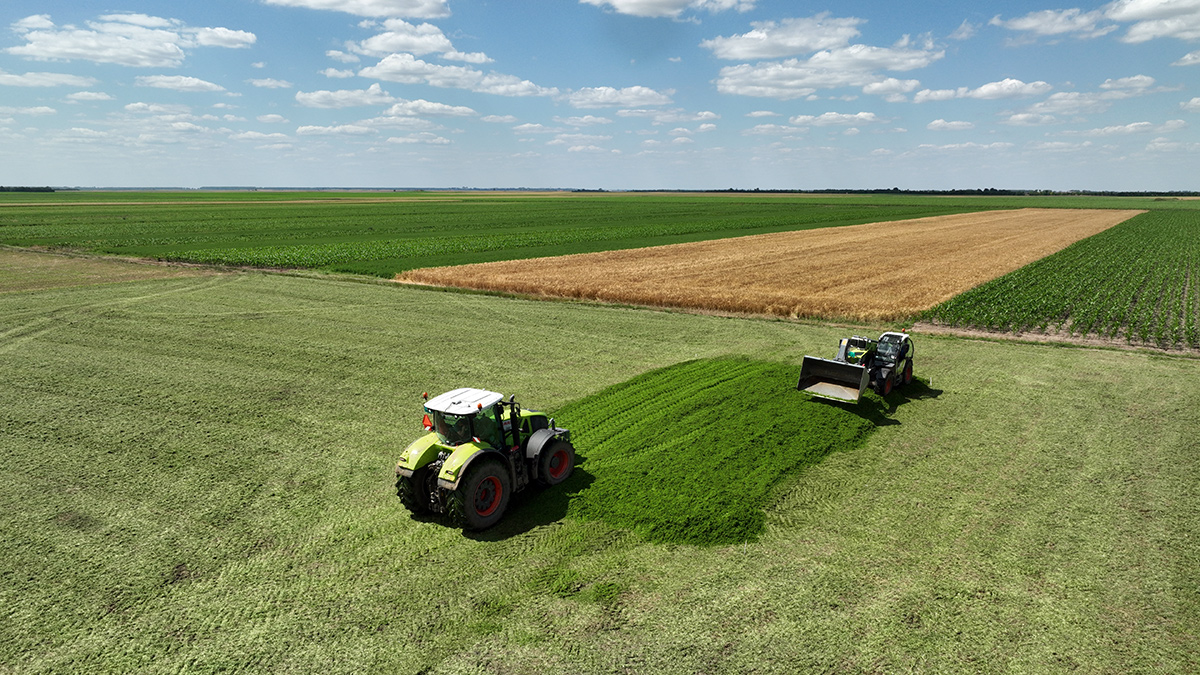
In our large-scale field production, we have experimented with various applications of alfalfa. In some plots, alfalfa was mulched and left directly on the field. Alternatively, we have gathered alfalfa after mowing and deposited it in silo trenches. However, the utilization of fermented alfalfa has been limited to a few fields due to its cost-intensive nature, which can only be justified in vegetable production.
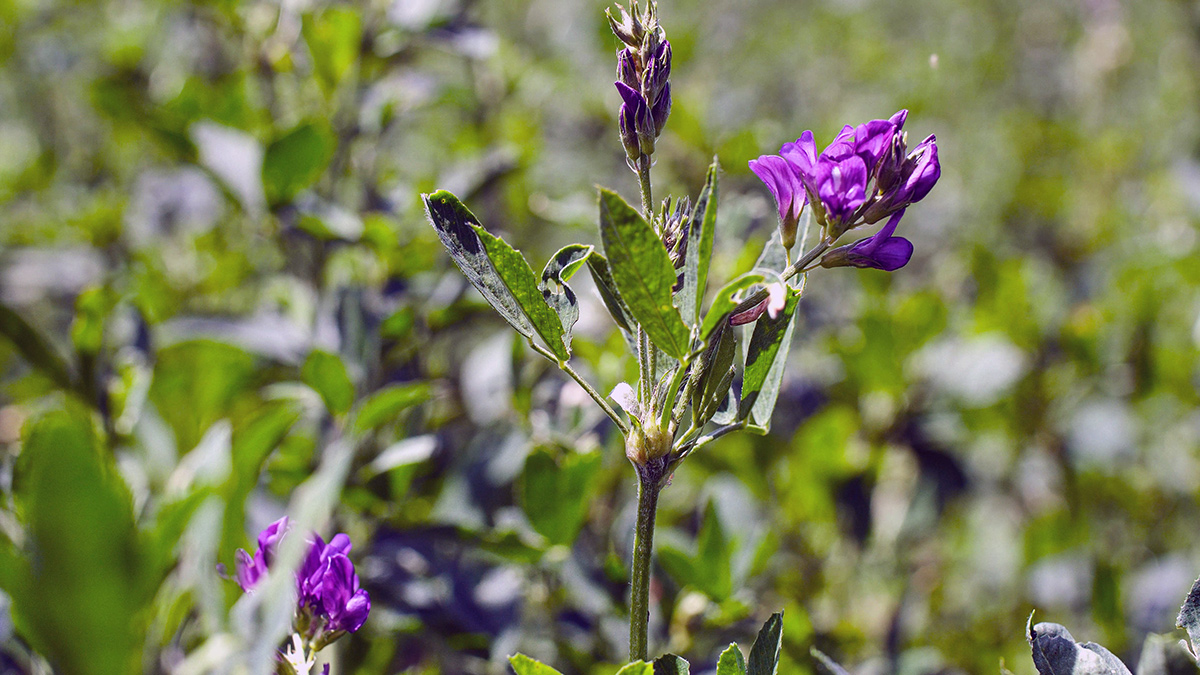
Beyond its use as green manure, alfalfa has been incorporated into combined production methods. Typically, two swaths were allocated for green manure, while one swath was dedicated to seed production—an arrangement that replaces three swaths typically allocated for green manure. While this approach proves efficient, its success is contingent upon weather conditions and is susceptible to insect infestations. Contarinia insects and bugs pose significant threats, particularly since we abstain completely from pesticides in our production process. Additionally, seed yield fluctuates considerably based on weather patterns, necessitating conditions with less rainfall and ample sunny days.
Due to its economic inviability, we have significantly reduced alfalfa utilization as green manure. For fall 2024, we have decided to completely discontinue its use.
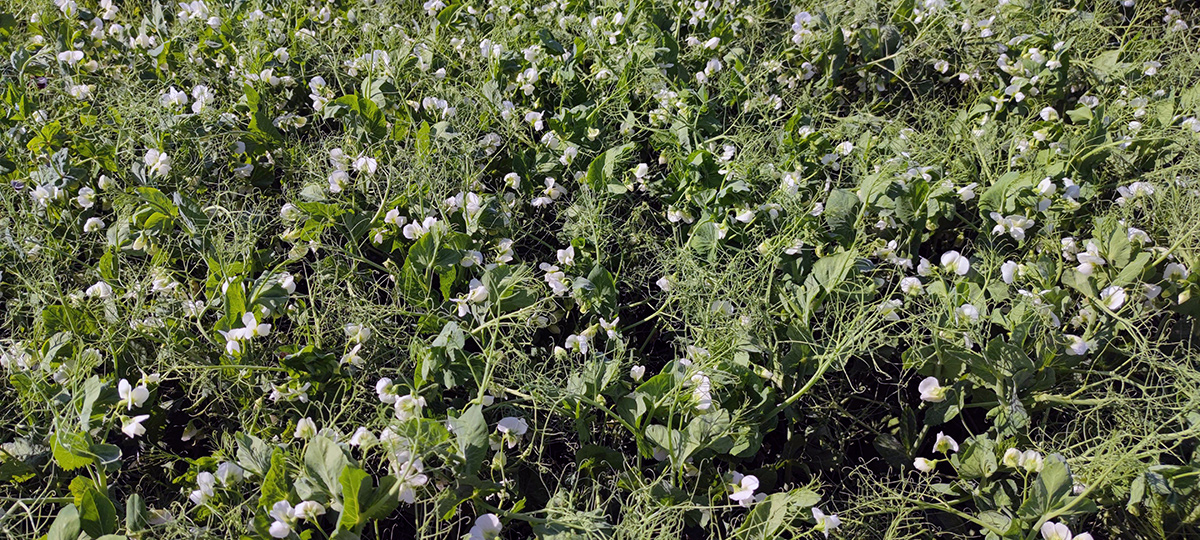
Peas, particularly, have played a crucial role in our green manure and grain production practices. Initially used just for incorporating them into the soil during their flowering phase, we have shifted our focus to maximize their grain yield. Our research and comparisons of cereal yields and quality between peas used solely for green manure and peas harvested for grain production have proven that adequate nitrogen remains for subsequent crops (in this case, cereals) after pea harvest.
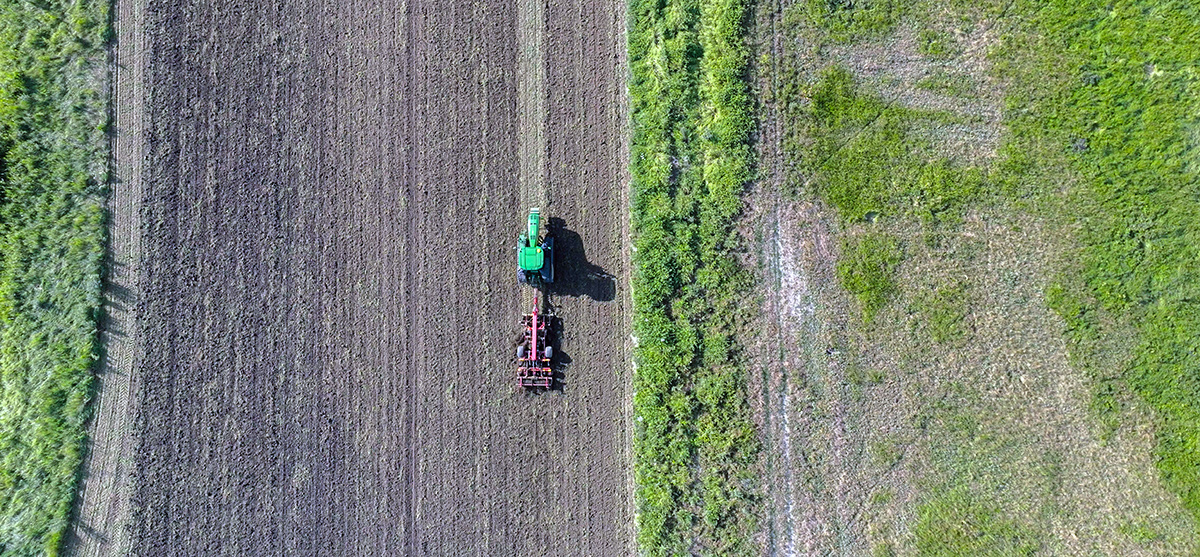
After growing peas, we planted sorghum and Sudan grass on some fields to prevent nitrogen from leaching into deeper soil layers and to control weeds. These plants produce a lot of green mass, which therefore requires a lot of nitrogen. Also, the carbon-to-nitrogen ratio in the green mass of sorghum and Sudan grass is not ideal, so the nitrogen release is slow after the green mass has been incorporated into the field. Additionally, we faced challenges with the timing of sowing, often coinciding with low rainfall, affecting germination quality and allowing weeds to compete. Considering these factors, along with the economic aspect of crops not used for grain production, we’ve significantly cut back on growing sorghum and Sudan grass.
Soybeans, being legumes, contribute ample nitrogen for subsequent cereal crops and are harvested as crops, which is important from the economic aspect of farm management. However, they also leave behind a significant reservoir of weed seeds, posing a challenge for subsequent spring crops and necessitating innovative weed management.
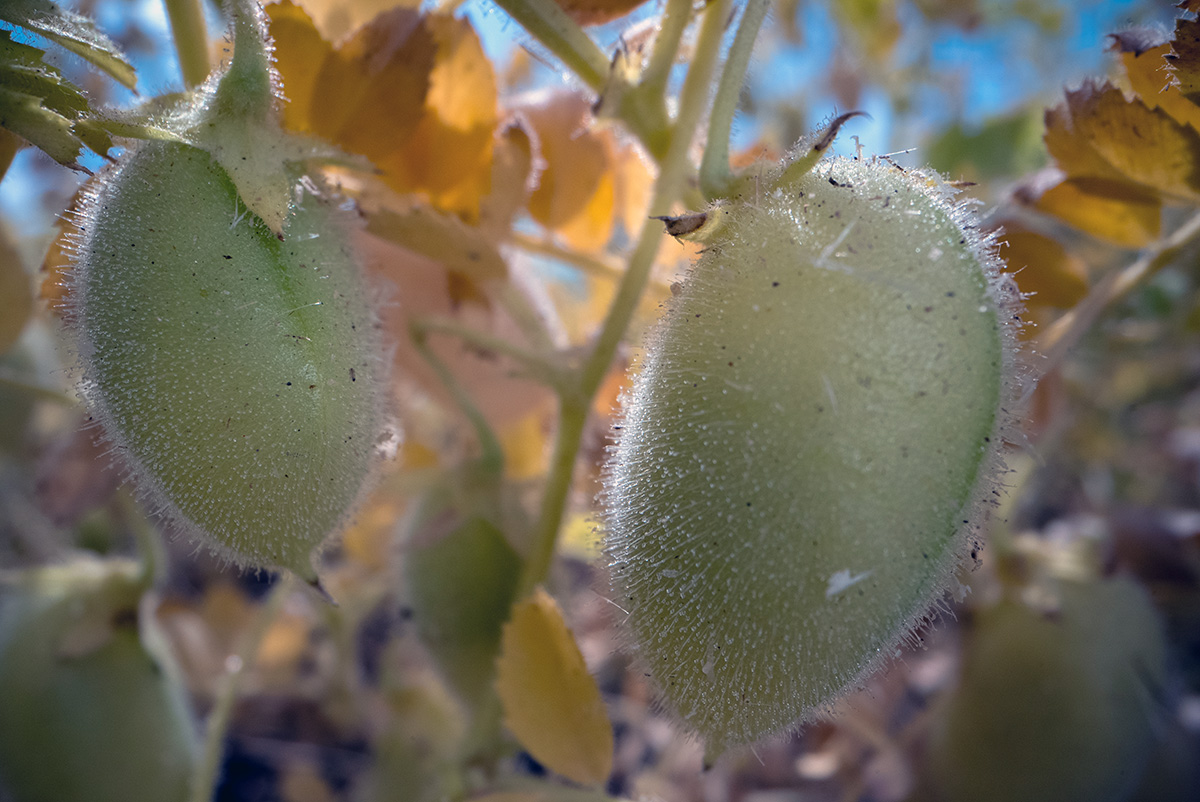
A promising addition to our sustainable practices, the chickpea, faces the challenge of the absence of nitrogen-fixing bacteria in our soil. To leverage this characteristic, we plan to inoculate seeds before sowing, aiming to harness their potential as nitrogen contributors in our crop rotation.
Focused on our commitment to sustainable and livestock-free farming, we are planning larger areas for chickpeas and expanding areas for cultivating peas as harvestable crops this year. Long-term, we plan on cultivating larger areas with soybeans, chickpeas, and possibly beans, thus reducing areas dedicated to green manure. We are aware that dedicating one year’s harvest in multi-year crop rotation to growing green manure poses a big challenge to farmers and profitability of their farms.
We also understand the vitality of nitrogen for soil health and the importance of multi-year crop rotation. Our goal for this year is to optimize crop rotations even further to ensure a consistent and sufficient nitrogen distribution across subsequent crops while safeguarding our environment for generations to come.
Looking ahead, our long-term goal is to achieve a 5- and a 6-year crop rotation, which will be possible following intensive and comprehensive research.
Njamito is now Fairtrade certified for cocoa and vanilla! Here’s what that means for farmers, the planet, and the values behind our meal-in-a-bottle.
Read articleIdealism met reality as we launched our meal-in-a-bottle, Njamito. After 100.000 bottles sold, here’s what we learned about organic food and market adaptation.
Read articleWith organic seeds in short supply, we launched our own organic seed production journey to secure sustainable farming practices.
Read article